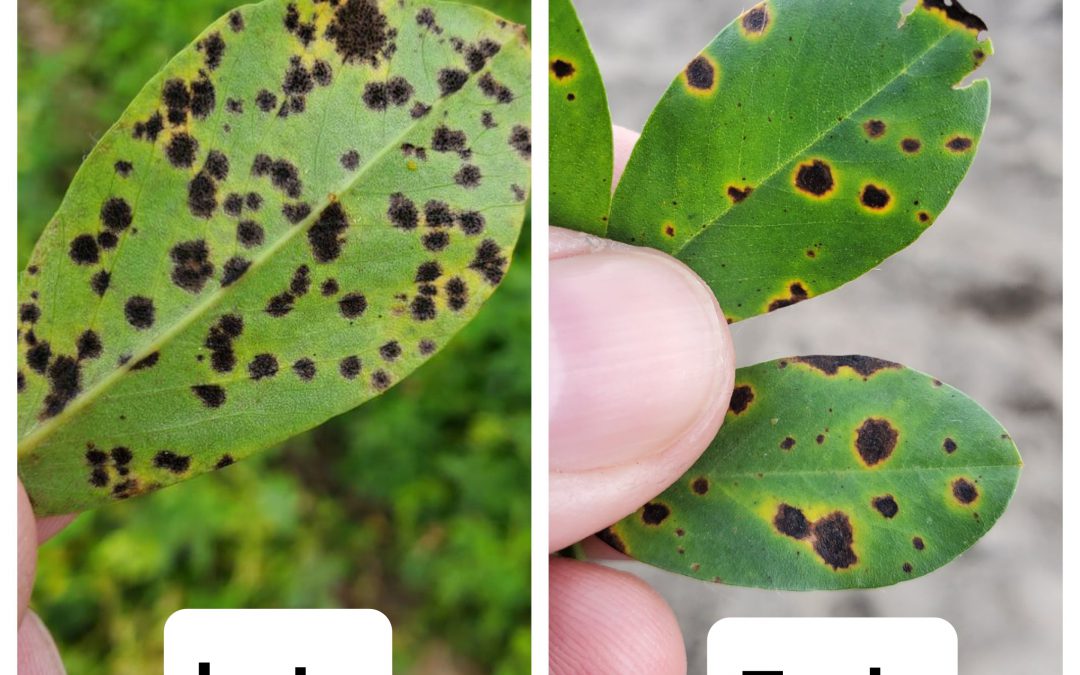
by Nicholas Dufault | Apr 30, 2021
Nick Dufault, UF/IFAS State Extension Pathologist, Ethan Carter, Regional Crop IPM Agent, De Broughton, Regional Specialized Agent, and Ian Small, UF/IFAS Plant Pathologist Peanut planting has already begun in Florida, so preseason decisions, such as varietal...
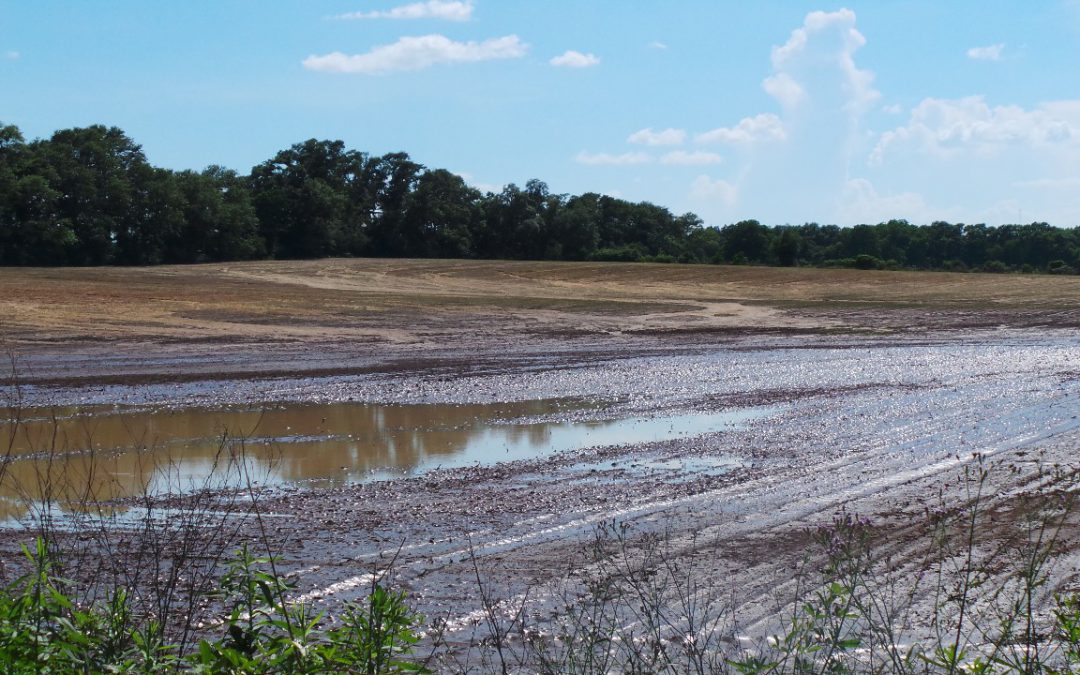
by Ethan Carter | Apr 30, 2021
Dr. Glen Harris, UGA-Tifton, Extension Agronomist for Soils & Fertilizer, Dr. Mike Mulvaney, WFREC Jay, Cropping Systems Specialist UF, and Ethan Carter Regional Crop IPM Agent – – With the 2021 crop season upon us, many people have already spread...
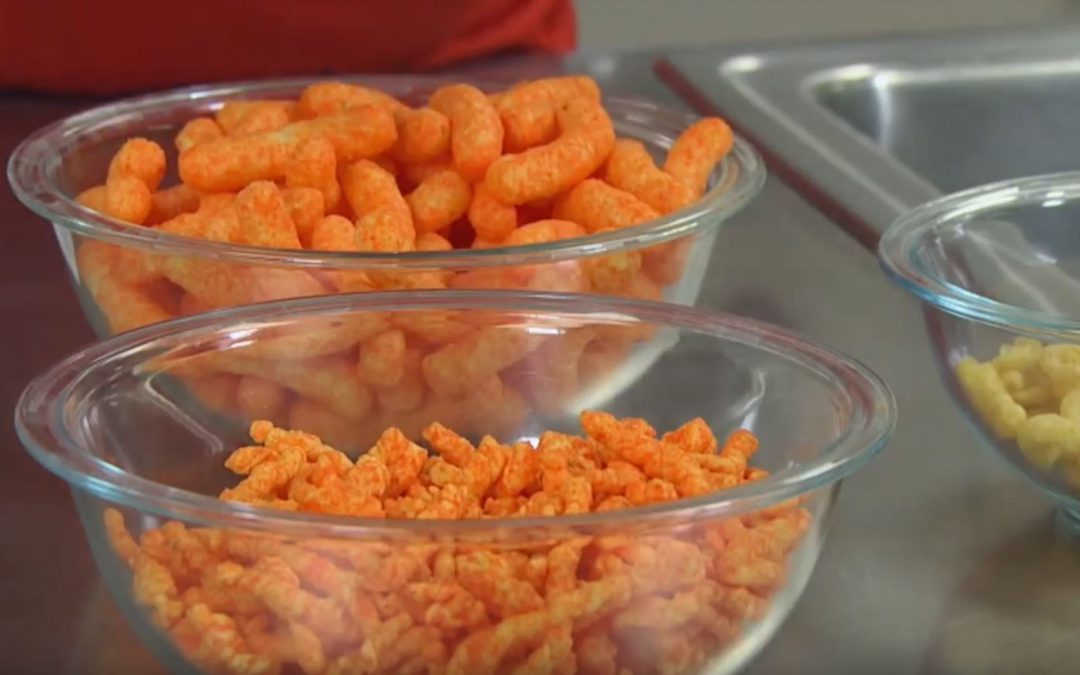
by Doug Mayo | Apr 30, 2021
This week’s featured video is not crop production related but highlights one of the popular and unique products made from field corn. How do they make Cheetos Puffs or Crunchy Cheetos? These snacks are primarily made from corn meal and flavored seasonings. A...
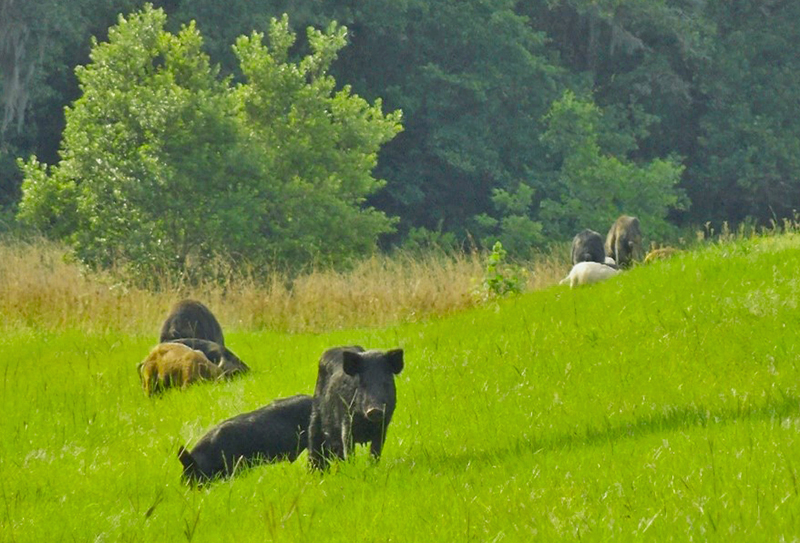
by Samantha Wisely | Apr 23, 2021
Dr. Samantha Wisely, Dept. of Wildlife Ecology and Conservation, University of Florida – Wild hogs, feral swine, European boar – these are all names for the invasive pigs that live throughout Florida. A handful were originally brought to Florida by Hernando de...
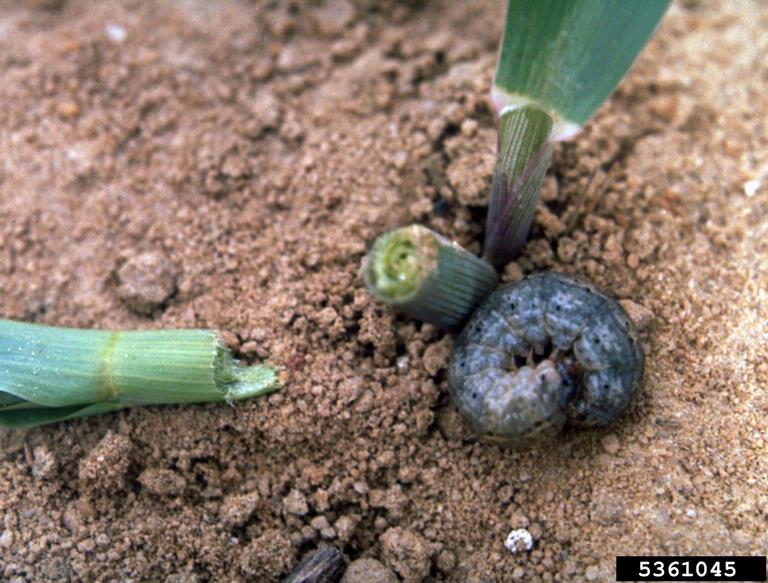
by Ethan Carter | Apr 23, 2021
Florida has several species of cutworms that can be problematic year to year in cropping systems, especially corn and soybeans. Larvae are capable of overwintering and surviving the winter here, which has become easier in recent years with fewer periods of freezing...
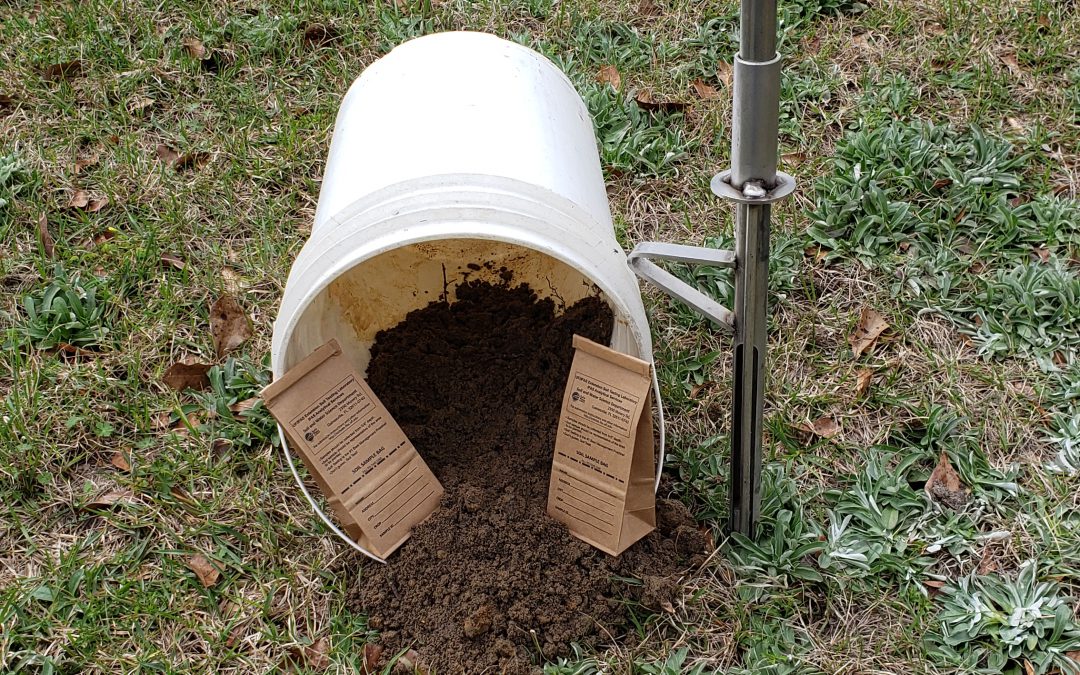
by Evan Anderson | Apr 16, 2021
Spring has sprung, but it’s not too late for a reminder that soil testing is important. Whatever you grow, from row crops to pasture, proper fertilization is essential for healthy plants. Furthermore, making proper soil amendments, as determined by a soil test, can...







